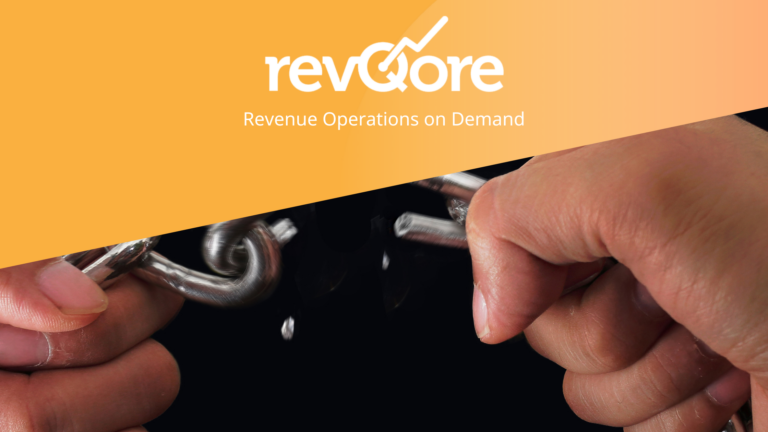As companies grow, managing the increasing complexity in the tech stack can quickly become a bottleneck, stifling scalability and efficiency. The implementation of peer-level RevOps deployment is crucial. This approach ensures that the systems underpinning your go-to-market teams are not just functional but fully optimised to support and accelerate growth.
Here are five critical warning signs that strongly indicate your commercial tech stack needs attention:
1️⃣ Duplicate or Conflicting Data Mismatched records, duplicate entries, or inconsistent data across systems. These issues scream “integration failure.”
- Ask yourself: How are duplicates being managed, and how are accounts structured? Have integrations accounted for the latest updates to installed packages?
2️⃣ Manual Workarounds are the Norm: If your team relies on spreadsheets or other manual processes to patch gaps between tools, your systems aren’t doing their job.
- Ask yourself: Are spreadsheets being used to track customer engagement or contracts? Is your CRM being leveraged to its fullest to deliver forecasts, or is this being handled externally?
3️⃣ Reporting Takes Too Long: Reports cobbled together from multiple tools—or outdated by the time they’re delivered for the meeting—are a symptom of a disconnected tech ecosystem.
- Ask yourself: Are you able to surface data that highlights good-quality leads? Do you have one source of truth? Where are gaps in source and attribution reporting? Do the reports available match the key metrics stakeholders need to see?
4️⃣ Customer Journey Breakdowns: Disjointed marketing, sales, or customer success touch points often point to poor system integration.
- Ask yourself: Is there a seamless handover between commercial teams, such as marketing and sales? Are customer interactions unified across all stages of the journey?
5️⃣ Frequent Complaints from the Team: When your tools are described as “clunky,” “disconnected,” or “a pain to use,” it’s time to listen.
- Ask yourself: How easy is it to manage pricing and discounts? Can the business easily determine revenue by income stream? Is pipeline health and quality evaluated effectively?
🛠 What to Do Next If any of these warning signs resonate, it’s time for a tech stack audit:
- Map out your systems and customer journey to identify gaps or redundancies.
- Evaluate tools for better alignment with business needs.
- Address gaps by integrating systems, upgrading packages, and automating workflows.
- Prioritise the audit findings into the Top 3 most impactful initiatives to address first, ensuring maximum value and quick wins for your organisation.
A well-integrated tech stack doesn’t just make life easier for your team—it drives efficiency, improves collaboration, and fuels revenue growth.
Let’s build a stack that works as hard as you do.
